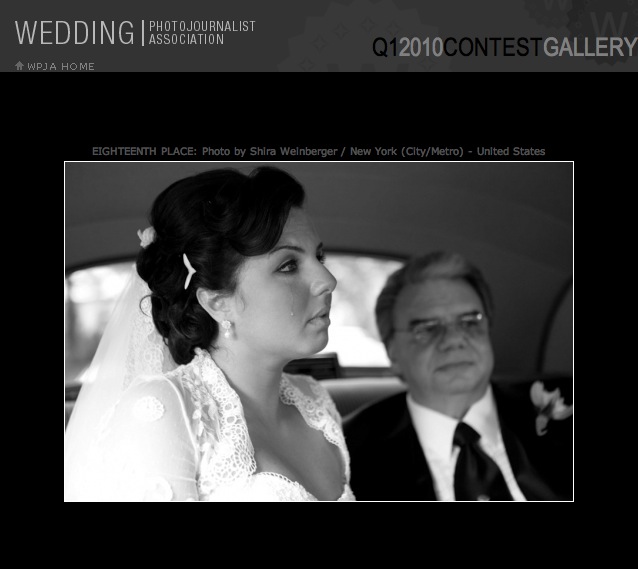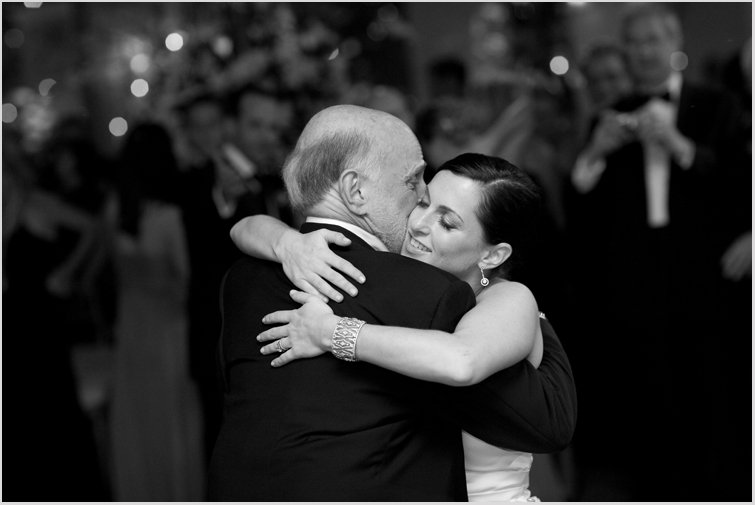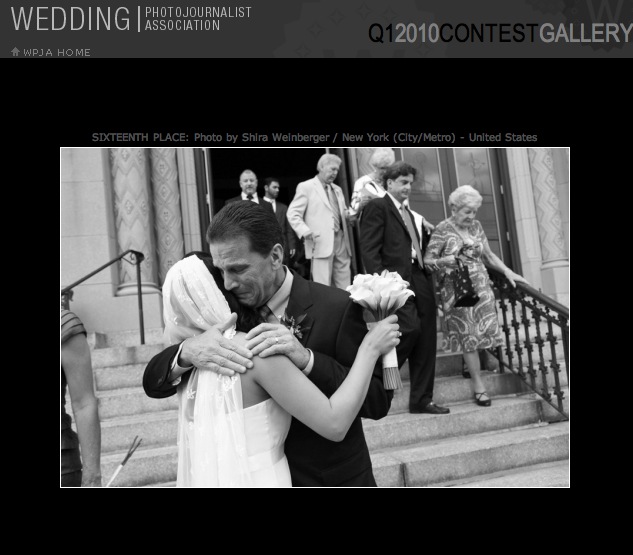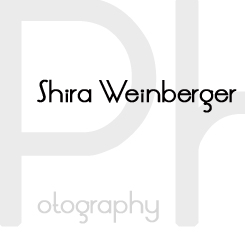For awhile now I have been listening to advice from some of the best wedding photographers about how to improve as an artist. Conferences like Mystic5 and WPPI have helped me so much learn and grow as a photographer. Many times I have been asked by photographers who are just starting out in wedding photography if I have any suggestions, so I decided to share some of the information that really stood out to me over the years.
Providing ‘Full Coverage’, and Nurturing your Creative Spirit
When I’m shooting a wedding, it’s important for me to give full coverage of the day. It’s important to capture meaningful moments, from the bride’s make up and hair preparation in the morning to the last dance at the reception. It’s also important to know that things don’t always go according to plan. There can be delays and other obstacles that can make coverage difficult. No matter what, the most important thing at the end of the day is that my frames will show all the important parts of that day.
As a former bride, I know that every detail is important. From the hairpieces that the bride has selected, to the dress, up to the centerpieces and flowers arrangements, etc. But knowing that, it’s also important to know that it’s not only about covering all the parts of the day. It’s about telling the story of the entire day. It’s about showing the dynamic and connection of the couple, and the love of their family and friends around them.
Some photographers formulaically repeat the same shots in every single wedding, to the point that they look prefabricated. There is a danger in treating the day like a checklist: it can take all the creative thinking and imagination out of your photography.
If you shoot a wedding with a template of how it should look in your mind, the results will turn out so much less original. As an artist, you would like to keep your spirit creative and inspired, but repeating the same shots in every wedding will make you bored and will leave you feeling empty as an artist. It’s always easier to play it safe but it’s more important in the long-term to nurture your creativity. Experimenting may take you out of your comfort zone, but try let go of your fear and just trust your gut instincts.
Every wedding tells a different story and the role of a wedding photographer is to capture the uniqueness of each one. I always try to get to know the couple to understand their dynamic and their connection when they are in front of my camera. This helps me capture who they are. Every couple has a different connection so my interaction with every couple is different.
When I shoot it’s a combined observation from the eye, the mind and the heart. I react from each place differently and try get them all connected. That means not just seeing a moment, but feeling it emotionally and reacting by capturing it in the way that reflects my vision. Usually what makes great photography is not just the content of the photograph, like you would find on a checklist, but the moments of the day that tell a story or evoke a feeling. Capturing the right moments doesn’t only mean taking a photograph of the bride and her father; but the bride and her father in a joyous embrace, with a tear rolling down her cheek.

It’s easy to play it safe and take a mental list of shots because in this way you may feel that no matter what, there will be full coverage for the clients. But it’s most important to shoot for yourself and keep your passion for photography to stay creative. This way, your clients will be super happy with the emotional and creative shots you will have for them. Staying creative will also make your images more distinctive from other vendors, and more clients will want to book you for your originality.
Choosing the right equipment, Shooting in the Dark and Learning to use your Camera Settings Dynamically
There are more powerful tools than ever to help you capture the essence of the most important day in peoples’ lives. The abilities of digital equipment today are incredible: low-light capability, super fast shooting speed, wide-aperture portrait lenses and much more. They all provide more possibility than ever. Bright, sharp, high quality images will match the rigorous expectations of your clients and from yourself as a professional photographer. Customers will recognize this quality, which will increase your business. The better your images, the better your business will be.
Each part of the wedding day requires that a photographer know how to use their equipment perfectly. And, that the equipment be able to handle the variety of different lighting situations that the day will bring. Getting ready is usually in a hotel room or the Bride’s apartment. Portraits are outdoors ideally in soft light but sometimes very bright sunlight. Then, the ceremony inside a church can be almost totally dark where sometimes flash is prohibited. Then right after the church ceremony, the couple suddenly leaves the dark church and greets their guests outside in bright sunlight. Lighting conditions can change like this in a second. Photographers must be quick to adapt their settings and know what equipment is necessary to get the job done.
In a dark church with no flash, high ISO and an aperture of f/1.8 or f/2.8 can solve the problem of bad lighting. Many customers mention to me that the church or venue is very dark, and I can reassure them because I know I can trust my equipment.
It’s important to have a wide variety of lenses to achieve different results. Weddings are so dynamic and it’s important to be prepared to adapt quickly with the right lens. I use the wide angle lens 24-70 f/2.8 for group shots, like family formals and also for candid moments, like on the dance floor. They are also useful for capturing the atmosphere of a whole room, like in pictures of the venue and table settings.
I use different lenses, like tilt-shift 45mm f/2.8 for more creative Bride and Groom portraits.
Sometimes to catch the magical moments, you may need to photograph from afar with a telephoto lens to get close ups without making your subjects aware. For instance, during the father and daughter dance it’s important not to interrupt or distract, just capture the emotion without getting too close. For the father and daughter dance, I always like to stand far away and use my 70-200mm f/2.8 to capture their expressions and the beautiful connection between them.


In the above picture I captured a special moment between the Groom’s father and the Bride right after the ceremony ended. If I was using a wide angle and got close, I would have interrupted the moment. So I decided to use my telephoto lens to capture this great moment without interfering with it.
I have mentioned all the gear that I carry on my blog, and it allows me to dynamically adjust to the situation I need to document. Carrying up to date equipment is super important for a wedding photographer because of the demand to capture all the important moments in every situation. It’s also important to have backup equipment in case your main camera fails, thousands of exposures in a few hours runs the risk of damaging lesser equipment. I always carry two 5d Mark II camera bodies on me during the whole wedding, not just as a backup. This is so when I see the right moments and can capture them immediately. I don’t like to change lenses because it makes things slow, uncomfortable and complicated. In weddings, moments can come and go in just a few seconds and it’s important not to miss them.
It’s important to remember that photography is not only about the equipment you use. Without a thorough understanding of how to use your equipment to achieve your vision, your work will be no better than a common snapshot. It’s very possible to take underexposed and blurry photos with a top of the line camera if you are always shooting on automatic. I prefer to use fully manual mode (M), but there are many great artists in the industry that use other modes like Aperture Priority (Av), Shutter Priority (Tv) and even Program (P).
I think world-renown photojournalist, Alex Majoli epitomizes this lesson better than anyone. He used six $200 digital point and shoot cameras to take incredible globally published and award-winning photos in Afghanistan, Iraq and the Congo. This illustrates the point that understanding how your camera works can enable you take much better photos.
Candid Shots, Moving Around and Using Creative Angles
One of the challenges for a wedding photographer is figuring out how to take intimate and emotional private moments without distracting people and making them too aware or uncomfortable in front of the camera. That’s why it is advantageous to move around and change positions often. It’s better to capture the moment very quickly and disappear. Standing in one place for too long while photographing tends to make people much more self conscious and aware of the camera. It’s also good to move around and get different angles of the same situation, because if you stay too long in one place you get the same frames but different moments. It’s much more interesting to have the same moments from different angles.


by admin